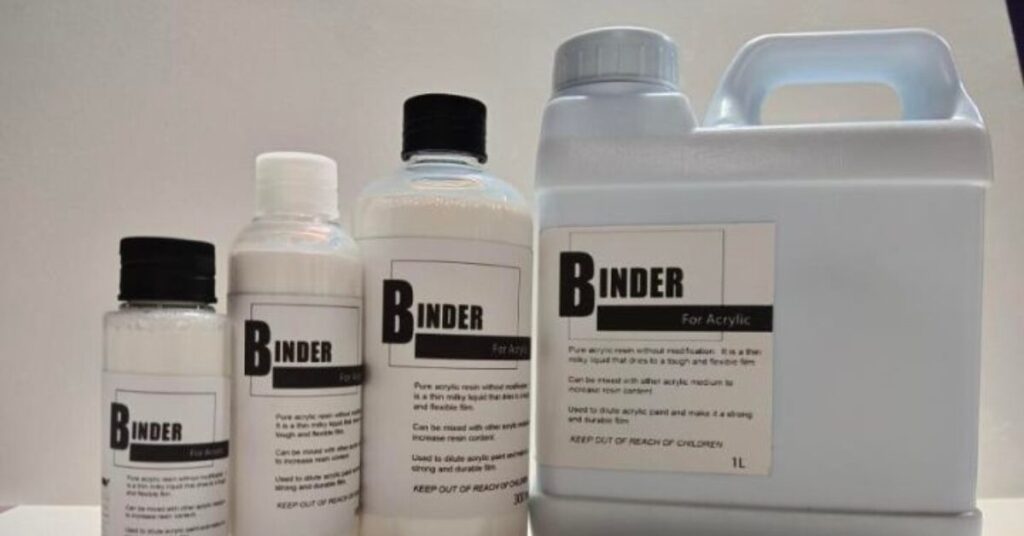Introduction: Acrylic binders have long been recognized for their role in improving the hardness of architectural paints. With the increasing environmental concerns and regulations limiting the use of volatile organic compounds (VOCs), the significance of acrylic binders has grown. This article delves into the science behind this and its implications for door refinishing, especially in regions like Atlanta, GA.

Understanding VOCs in Paints: Volatile Organic Compounds (VOCs) are organic chemicals that have a high vapor pressure at room temperature. Their presence in paints has been a concern due to environmental and health reasons. As a result, there’s been a push towards reducing or eliminating VOCs in paint formulations.
Acrylic Binder: Boosting Hardness in Low-VOC Paints
Acrylic Binders – The Science Behind: When it comes to low-VOC architectural paints, acrylic binders play a pivotal role. They enhance the hardness of the paint, ensuring durability and longevity. The binder helps in film formation, ensuring that even in the absence of VOCs, the paint dries effectively, creating a crosslinked network. This process involves the evaporation of solvents (if any) followed by a reaction with oxygen from the environment. This can take days, weeks, or even months.
Door Refinishing in Atlanta, GA: In regions like Atlanta, GA, where the climate can vary, the quality of door refinishing becomes crucial. Using paints with acrylic binders ensures that doors refinished stand the test of time, resisting wear and tear. DoorStain, a local service provider in Atlanta and its surrounding areas, emphasizes the importance of using quality materials in door refinishing. The company advocates for the use of low-VOC paints with acrylic binders to ensure both environmental safety and product durability.
Alternative Curing Methods: With the restrictions on VOCs, the paint industry has been innovating. UV curing paints are a notable example. These paints can be formulated with minimal or no solvents. The low molecular weight of the monomers and oligomers in the coating ensures good fluid flow without the need for thinners. If solvents are present, they are typically evaporated before ultraviolet light initiates crosslinking. Powder coatings, another innovation, contain minimal solvents. Their flow and cure are achieved by heating the substrate post the electrostatic application of the dry powder.
Conclusion: As the world moves towards more sustainable solutions, the role of acrylic binders in low-VOC architectural paints becomes even more significant. For services like door refinishing, especially in areas like Atlanta, GA, understanding these advancements is crucial to deliver quality and durability.
References:
